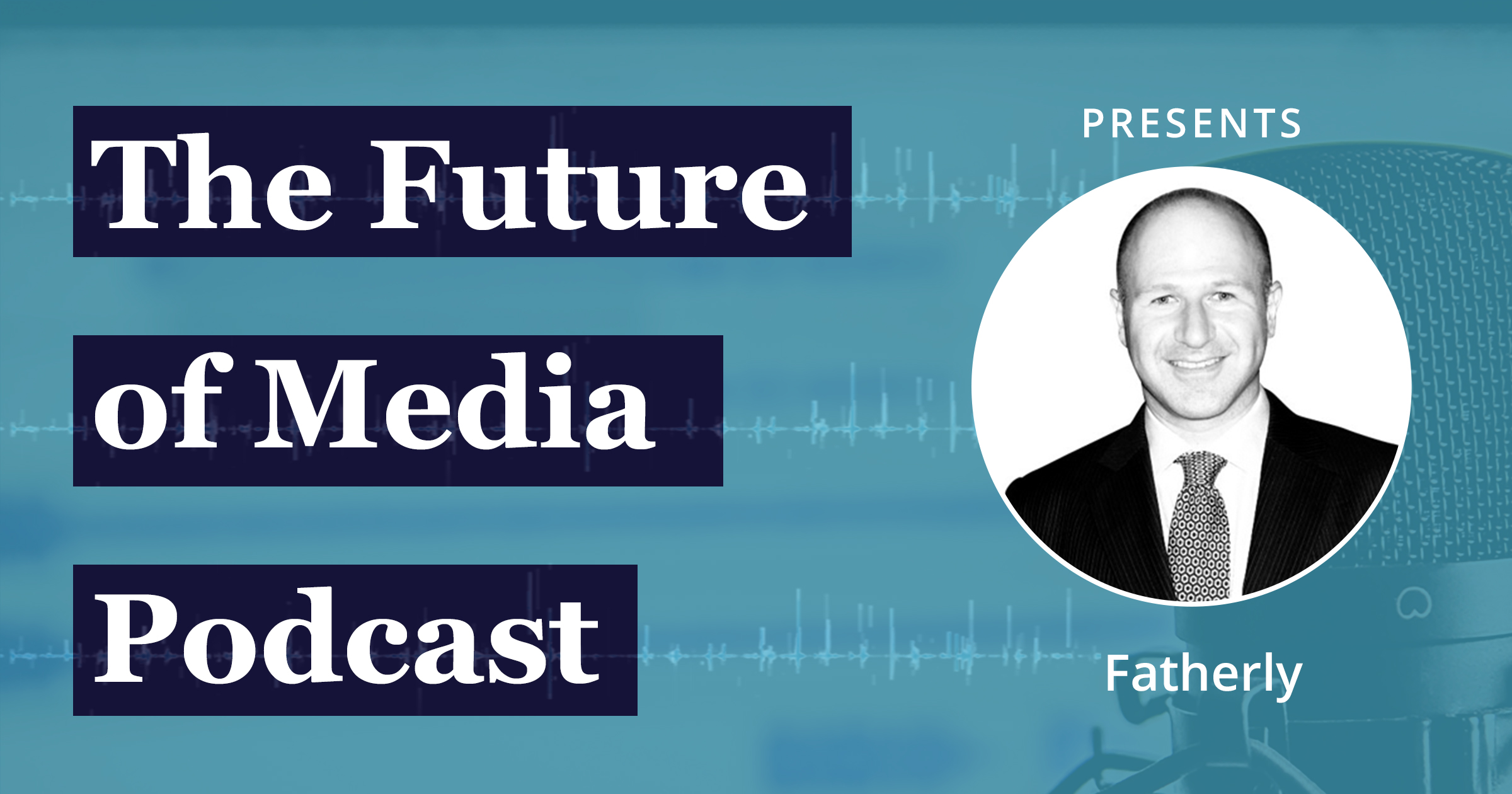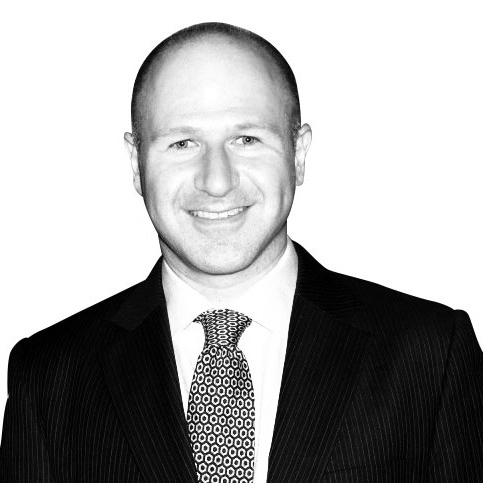
The future of media is niche. Or is it niché? It's definitely more focused.
In an increasingly fragmented media landscape, niche publications are thriving by serving specific communities with targeted content. Learn how focused editorial strategies are winning in the attention economy.
Guest

Michael Wertheim
Chief Operating Officer
Michael Wertheim is the Chief Operating Officer at Fatherly, where he oversees business operations and strategic initiatives. With extensive experience in digital media and content strategy, he has been instrumental in building Fatherly into a leading resource for modern fathers. His expertise spans audience development, content monetization, and community building.
Key Takeaways
- 1Niche publications can build stronger communities than broad-appeal media
- 2Focused content allows for deeper engagement with specific audiences
- 3Advertising becomes more valuable when audiences are clearly defined
- 4Subscription models work better with passionate, engaged communities
- 5Editorial focus enables better content quality and expertise
- 6Niche media can compete effectively against larger, generalist publications
- 7Community building is essential for long-term success
Listen on Spotify
Full Interview
Patrick: Hi everyone! Today I'm here with Michael Wertheim, the Chief Operating Officer at Fatherly. Thanks for joining us today, Michael.
Michael: Thanks for having me, Patrick.
Patrick: Could you tell us about Fatherly and what you're building there?
Michael: Fatherly is a digital media brand focused on modern fatherhood. We create content that helps dads be better parents, partners, and people. What makes us different is our laser focus on this specific audience - we're not trying to be everything to everyone, but rather the definitive resource for fathers.
Patrick: You've mentioned that the future of media is niche. Can you elaborate on that?
Michael: Absolutely. In today's media landscape, trying to serve everyone often means serving no one particularly well. Niche publications like Fatherly can build deeper relationships with our audience because we understand their specific needs, challenges, and interests. This focus allows us to create more valuable content and build stronger communities.
Published on February 4, 2019
